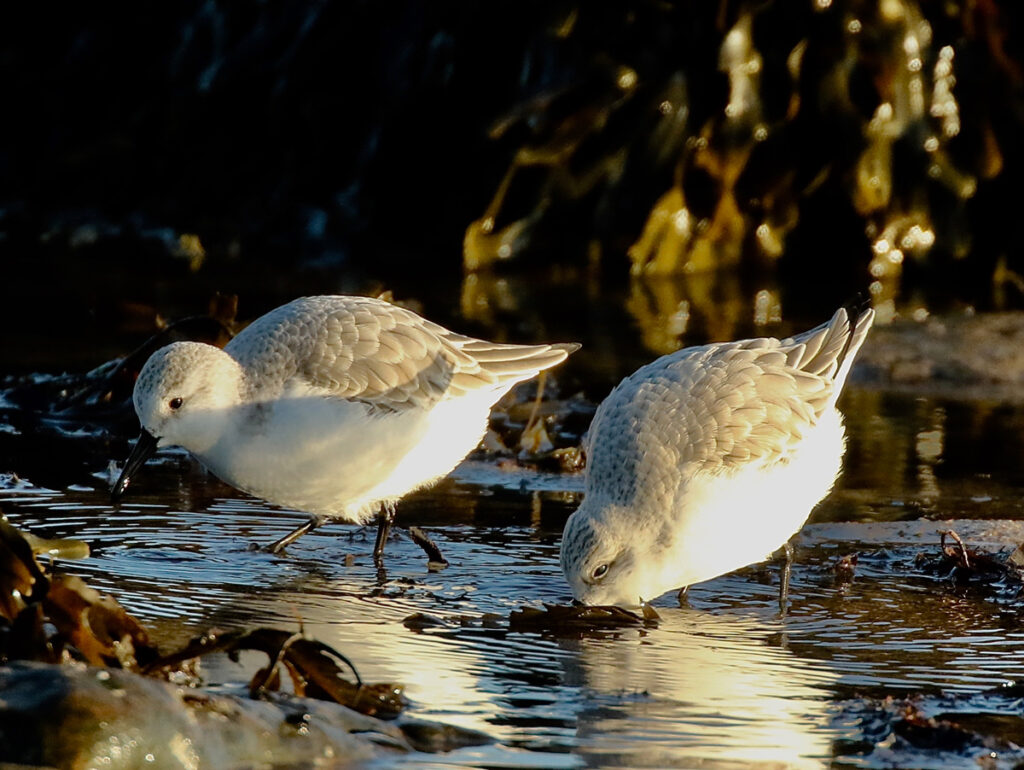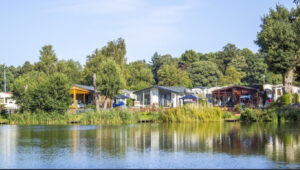Survey of UK’s coast highlights change in wintering waterbird populations

The findings from a survey of the wintering waterbirds on the UK’s non-estuarine coast, delivered by a network of volunteer observers, has revealed significant changes in the numbers of several waterbird species, including Lapwing, Curlew, Redshank, Turnstone, and Sanderling.
The UK’s wetlands, estuaries and non-estuarine coast are of international importance for the numbers of non-breeding waterbirds that they support. While long-term, volunteer-based surveys provide the valuable information needed on the waterbirds using these sites on an annual basis, these data are most complete for our wetlands and estuaries. We know that the 17,000 km of non-estuarine coast is important too, but is impossible to cover annually. For this reason, periodic surveys of the non-estuarine coast are needed if we are to secure a complete picture of these important waterbird sites.
During the winter of 2015/16, volunteers surveyed some 9,183 km of non-estuarine coast (53% of the total length), with the greatest proportion of this incredible effort (some 5,699 km) delivered in Scotland. From these data, researchers at the British Trust for Ornithology (BTO) were able to calculate measures of waterbird abundance and distribution, revealing just how important this habitat is for wintering populations of Oystercatcher, Curlew, Turnstone, Dunlin and Redshank.
In terms of absolute numbers, Scotland has consistently supported the majority of the population across all non-estuarine waterbird surveys for Oystercatcher, Ringed Plover, Golden Plover, Lapwing, Purple Sandpiper, Bar-tailed Godwit, Curlew, Redshank and Turnstone. Although this is likely to reflect the relative length of the coastline for Scotland (12,714 km) compared to England (2,705 km), Wales (1,185 km) and Northern Ireland (328 km), Purple Sandpiper, Curlew, Redshank and Turnstone still appear to show a bias towards Scotland.
The survey work also revealed that Oystercatcher densities were higher in Wales than in England, Scotland or Northern Ireland. Wales and other western parts of the UK host a greater proportion of wintering Oystercatchers from the Icelandic and Faroese breeding populations.
Results from Northern Ireland were previously published in 2017 together with the Republic of Ireland. Northern Ireland is particularly important in the all-Ireland context for Golden Plover, Lapwing, Redshank, Turnstone and Purple Sandpiper, holding a third or more of the non-estuarine totals.
Although smaller in absolute numbers than Scotland, densities of Ringed Plover and Sanderling were highest in England. / Grey Plover winter in larger numbers towards south-east Britain, and numbers were highest in England.
The survey also revealed that there have been significant declines in abundance for four species: Lapwing (-57%), Curlew (-31%), Redshank (-37%) and Turnstone (-325), with only Sanderling (+79%) appearing to have increased since the previous survey in 2007/08.
Co-author on the report and Wetland Bird Survey (WeBS) National Organiser, Dr Teresa Frost, commented “The wintering populations of many of these species are drawn from different races, often breeding in different parts of the world and the relative distributions of these around the UK are only partially understood. Being able to carry out periodic surveys across the non-estuarine coast is important, not just to complete the picture of total wintering waterbird numbers, but also to highlight the changing fortunes of birds that might be from different populations to those wintering on our wetlands and estuaries, typically covered by the WeBS scheme.”
Teresa continued “Curlew, for example, is a species conservationists are concerned about. From NEWS we know that about a third of UK wintering Curlew use the non-estuarine coast. This survey has shown the non-estuarine population is declining faster than the estuarine population in winter, and it is likely that this is because many of these open coast birds are from the UK breeding population, which we know is in trouble.”
On how the survey was carried out, Teresa commented “Hundreds of citizen scientists walked along the coast recording the birds they found there, from the cliffs at Lands’ End to remote beaches in Shetland. Some volunteer groups journeyed hundreds of miles to cover parts of western Scotland and everyone did a lot of walking – each stretch was about 2 km long, and once you’d walked one way, you had to walk back again, in often bracing winter weather! We’re immensely grateful to everyone who took part.”
Surveys of the non-estuarine coasts have occurred approximately every 8-10 years. More regular monitoring might provide a better early warning of change at non-estuarine sites, and also identify the impacts of changing management of these sites, such as the erection of sea defences. Increasing the frequency of such monitoring will depend upon the generosity of the many hundreds of volunteers who give their time to visit these sites during the sometimes challenging winter months.




